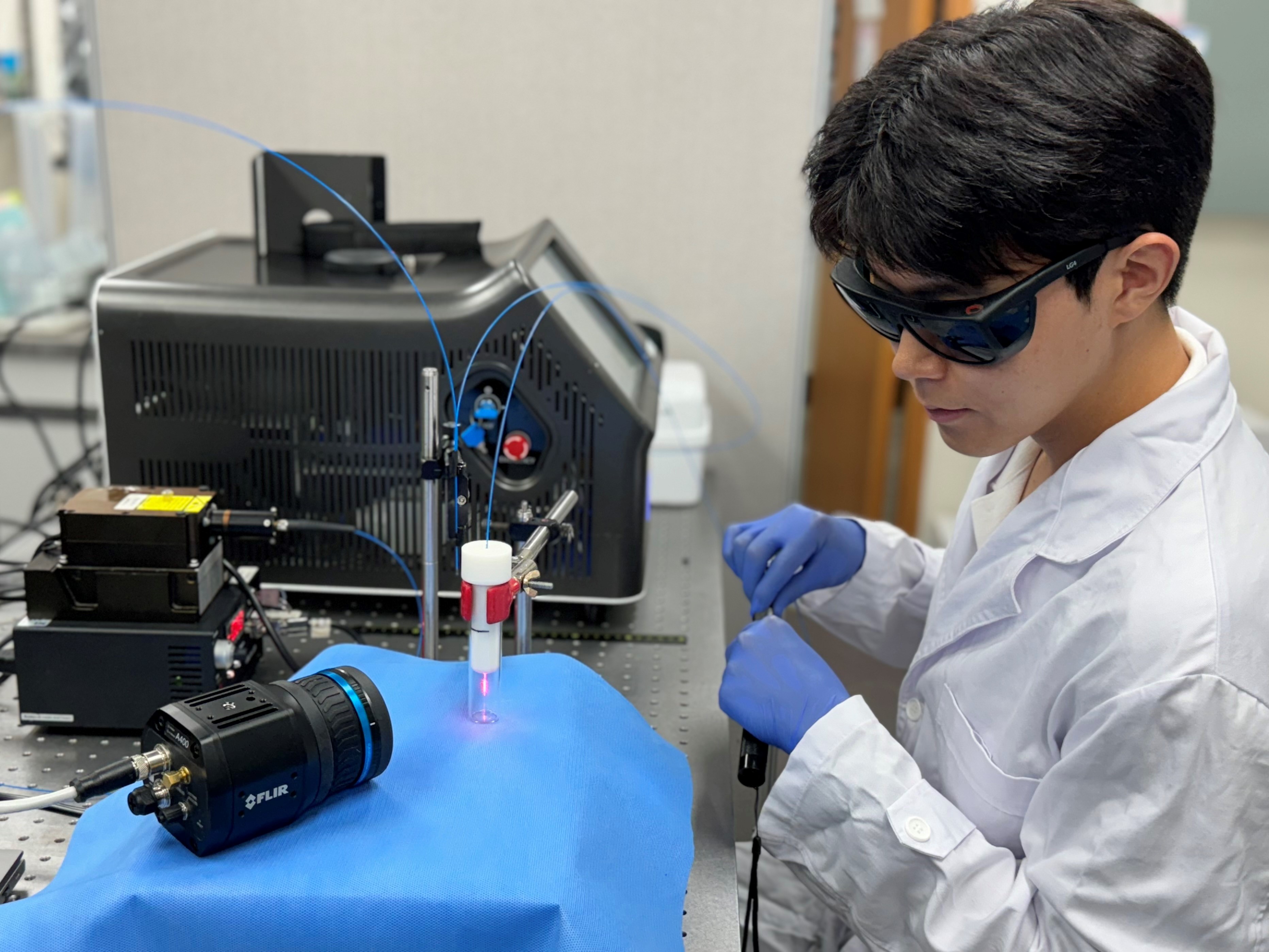Study suggests laser-assisted renal denervation may enhance physiological effects with insignificant complications.

Wausau, WI (August 26, 2024) – Renal denervation (RDN) is a promising treatment for resistant hypertension, but current radiofrequency methods can cause unwanted thermal damage due to direct contact with the arterial lumen. This study developed a new laser-assisted RDN technique for treating resistant hypertension. This new treatment obtained effective ablation of arterial nerves with minimal arterial wall injury due to deep optical penetration and circumferential energy delivery.
The study, by Junghyun Hwang, Hwarang Shin, Minwoo Jung, and Hyun Wook Kang, is titled, “Investigations of Laser‐Assisted Renal Denervation for Treatment of Resistant Hypertension.” The basic science article, published in Lasers in Surgery and Medicine (LSM), the official journal of the American Society for Laser Medicine and Surgery, Inc. (ASLMS), was selected as the August 2024 Editor’s Choice.
“We conducted this study to develop a novel laser-assisted renal denervation (RDN) as a potential treatment for resistant hypertension,” said Hyun Wook Kang. “The significance of this work lies in that the new treatment with circumferential irradiation and cooling effect can ablate arterial nerves selectively and minimize undesirable thermal damage to the surrounding tissue. The laser-assisted RDN can warrant better management of resistant hypertension with enhanced safety and efficacy.”
The study tested six laser treatment conditions, using 10 and 20 W at 1064 nm, on porcine liver and renal artery tissues to assess thermal damage. The ablated areas in the liver were measured, and histological evaluations confirmed nerve damage in the renal artery tissues. Tissue damage in the liver increased with higher laser power and energy, with the 20 W groups causing more significant nerve damage. Despite this, the renal arteries showed minimal medial injury, with no significant differences in medial thinning among the groups. The 1064 nm laser at 20 W with 450 J effectively damaged renal artery nerves with minimal surrounding tissue injury.
Hyun Wook Kang, PhD, is a Professor of Biomedical Engineering at Pukyong National University and has been a faculty member since 2012. His research interests include endoscopic laser treatment and clinical applications. Junghyun Hwang is a BS student majoring in IT Convergence Biomedical Engineering at Pukyong National University. Minwoo Jung is a BS student majoring in Biomedical Engineering at Pukyong National University. Hwarang Shin received her BS and MS in Biomedical Engineering from Pukyong National University and is working toward her PhD in endoluminal laser treatment for urinary disease.
The Editor’s Choice is an exclusive article published in LSM, the official journal of ASLMS. View the complete manuscript.
The American Society for Laser Medicine and Surgery, Inc. (ASLMS) is the largest multidisciplinary professional organization dedicated to the development and application of lasers and related technology for health care applications. ASLMS promotes excellence in patient care by advancing biomedical application of lasers and other related technologies worldwide. ASLMS membership includes physicians, surgeons, nurses, and allied health professionals representing multiple specialties, physicists involved in product development, biomedical engineers, biologists, industry representatives and manufacturers. For more information, visit aslms.org.